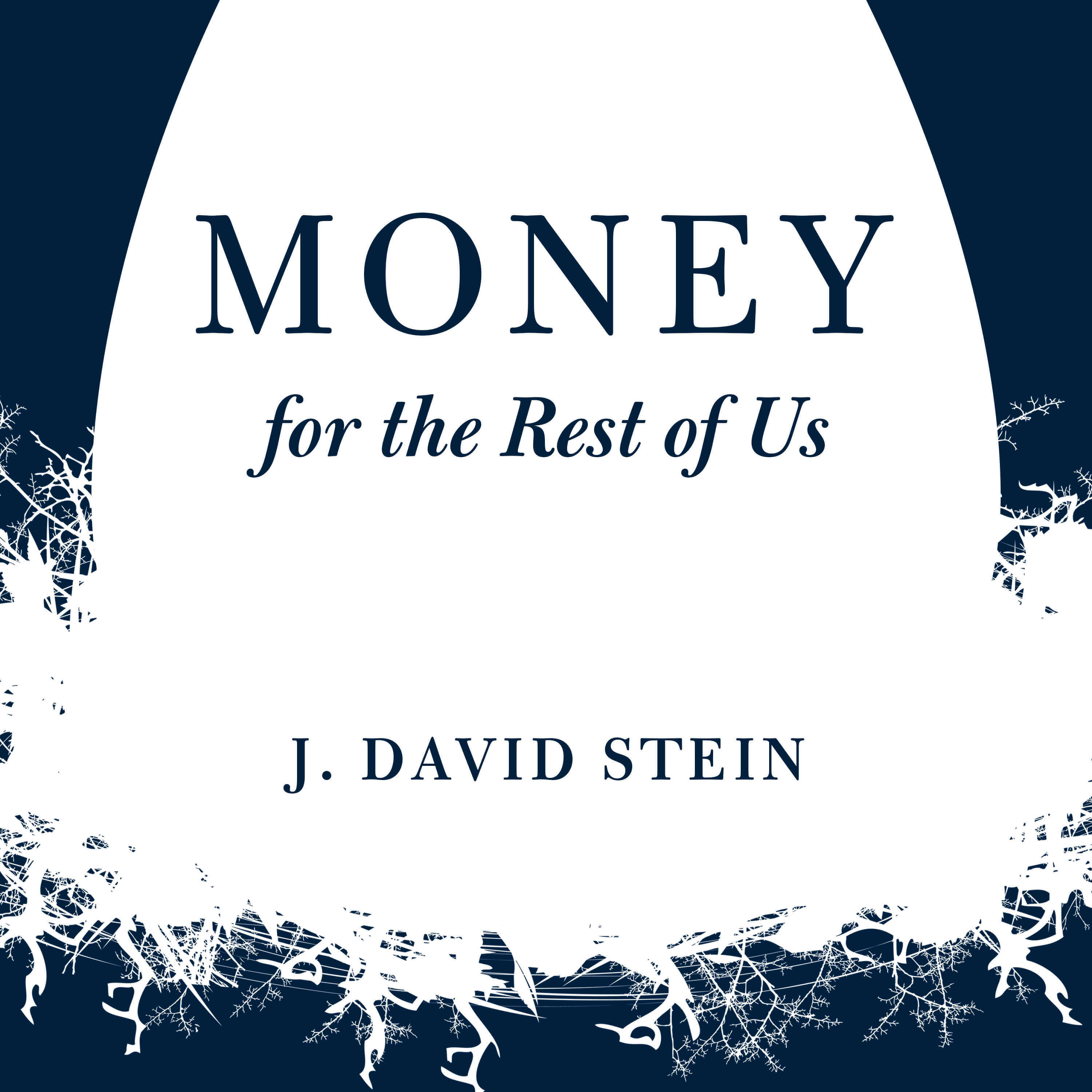

Money For the Rest of Us
J. David Stein
A personal finance and investing podcast on money, how it works, how to invest it and how to live without worrying about it. J. David Stein is a former Chief Investment Strategist and money manager. For close to two decades, he has been teaching individuals and institutions how to invest and handle their finances in ways that are simple to understand. More info at moneyfortherestofus.com
Episodes
Mentioned books

Mar 6, 2024 • 26min
Which Will Perform Better: Berkshire Hathaway or Utility Stocks?
Comparing the investment potential of Berkshire Hathaway and utility stocks. Buffett admits challenges with acquisitions. Discussing dividend yield from utility ETFs vs Berkshire's no-dividend stance. Exploring California's high utility rates. Analyzing performance and future prospects of Berkshire Hathaway, utility ETFs, and index funds.

Feb 28, 2024 • 53min
Lessons from Japan's 34 Years of Stock Market Underperformance
Exploring Japan's 34 years of stagnant stock market performance, the podcast delves into the causes behind the underperformance, including the stock bubble and demographic challenges. Insights on Japan's unique housing market trends, economic growth strategies, and lessons for investors. Reflections on Japan's work culture, aging population, and the significance of understanding market dynamics for long-term investment success.

Feb 21, 2024 • 26min
Unraveling the Truth About ETFs: Benefits, Analysis, and the Indexing Bubble Myth
Exploring the shift from active mutual funds to ETFs, the rise of passive investing, and the blurring lines between active and passive ETFs. Debunking the indexing price bubble myth and discussing the impact of passive investing on market volatility and stock prices. Providing a framework for analyzing and selecting ETFs for investment portfolios.

Feb 14, 2024 • 28min
Does Dividend Investing Still Work?
This podcast explores the performance of dividend-paying stocks compared to non-dividend-paying stocks over various time periods. It discusses the reasons behind the recent outperformance of non-dividend-paying stocks, the impact of dividend smoothing, and the role of payout ratio and return on equity in dividend strategies. The podcast also highlights the benefits of including dividend strategies in a portfolio, such as stability and diversification, and mentions specific investments and tools like LinkedIn Jobs and Betterment.

Feb 7, 2024 • 26min
Transforming Financial Regrets into Portfolio Gains: Five Strategies for Navigating Investment Emotions
Learn how to transform financial regrets into portfolio gains by managing investment emotions. Explore cognitive biases, hear personal stories, and discover five strategies for managing regrets and emotions in investments. Understand the importance of patience, setting thresholds, and focusing on long-term drivers of returns. Don't miss the ongoing survey for listeners and the opportunity to join the Premium Products offered.

Jan 31, 2024 • 27min
More Ways to Lock in Higher Yields in Case Interest Rates Fall
The podcast discusses options for locking in higher yields, including the risks of buying long-term bonds, the impact of volatility drag on bond ETFs, and why interest rates won't necessarily go up when the government issues more bonds. They also explore CDs, fixed annuities, and zero-coupon bonds as alternative investment options. The episode highlights the performance of the iShares 20+ Year Treasury Bond ETF and discusses different investments and their limitations. Additionally, it covers zero-coupon bonds and the concept of tax equivalent yield and portfolio diversification.

Jan 24, 2024 • 30min
How To Lock In Higher Yields In Case Interest Rates Fall
Learn how to lock in higher yields by purchasing longer-term individual bonds and bullet ETFs. Understand the impact of short-term interest rates, inflation expectations, and term premiums on long-term interest rates. Discover the concept of yield to maturity and how it guides fixed returns. Analyze bullet ETFs, callable bonds, and municipal bonds for higher yields. Explore strategies to lock in higher yields, such as investing in bullet ETFs or individual bonds with longer maturities.

Jan 17, 2024 • 27min
Now Should You Buy Bitcoin? The Investment Case for the New Spot Bitcoin ETFs
Bitcoin expert guest_name_1 discusses the approval of spot Bitcoin ETFs, regulation of Bitcoin, convenience of fiat currency vs Bitcoin, and the investment case for Bitcoin ETFs.

Jan 10, 2024 • 26min
How Much Should Your Net Worth Grow Each Year?
The podcast discusses the factors that shape the growth of net worth, including professional choices, risk tolerance, and lifestyle decisions. The speaker shares personal experiences of transitioning from a big organization to a small advisory firm, and eventually working for themselves. It emphasizes the importance of income, stability, and available opportunities in determining net worth growth. The chapter also explores personal growth, career choices, and managing oneself, including the impact of having a high net worth. It concludes by highlighting the challenges of determining net worth and the importance of maintaining flexibility and optionality in achieving the desired lifestyle.

Jan 3, 2024 • 25min
Should You Be Invested 100% Stocks Before and During Retirement? A Recent Study Says Yes
The podcast discusses the pros and cons of investing retirement assets 100% in equity, including half in international stocks. It challenges the 4% spending rule and explores alternative strategies. The hosts emphasize the need for diversification and reliance on broader data. They compare various retirement investment strategies and highlight the risks of relying solely on US data. The importance of optimal spending rates, international diversification, and cautiousness with studies is also discussed.


